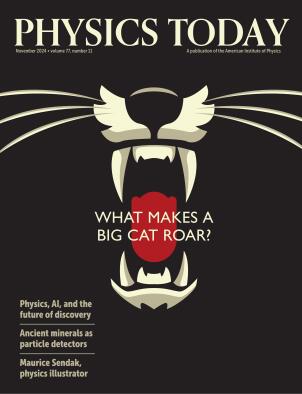Where the atomic nuclei are: Maurice Sendak, physics illustrator
DOI: 10.1063/pt.auyt.nfrf

Maurice Sendak illustrated the 1947 book Atomics for the Millions. Credit: McGraw-Hill/public domain; copy from the Niels Bohr Library & Archives
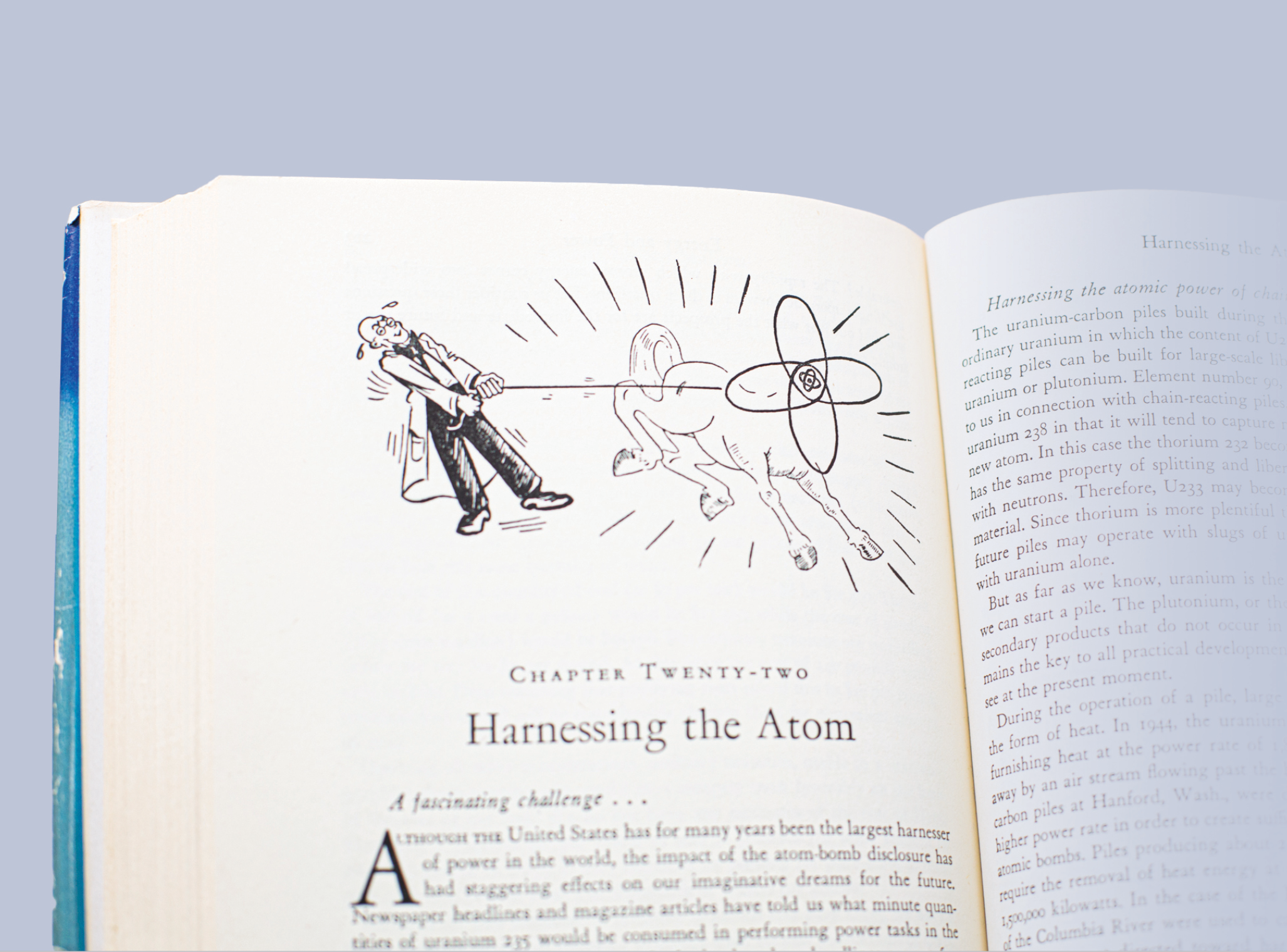
Well before Maurice Sendak became famous for Where the Wild Things Are, he was an 18-year-old high school senior in Brooklyn, New York, looking for his first paying art gig. Already known at his school as a talented artist, Sendak was asked in 1946 by his physics teacher, Hyman Ruchlis
Sendak agreed to do the work for 1% of the royalties
A perfectionist, Sendak apparently expressed disappointment

In many of his drawings, Sendak anthropomorphizes atoms, molecules, and subatomic particles to convey the otherwise esoteric details of nuclear science. Here, he shows sodium atoms, taking the form of young women reminiscent of 1940s bobby-soxers, and chlorine atoms, represented by strapping young men, meeting on the “chemical dance floor” and forming sodium chloride molecules.
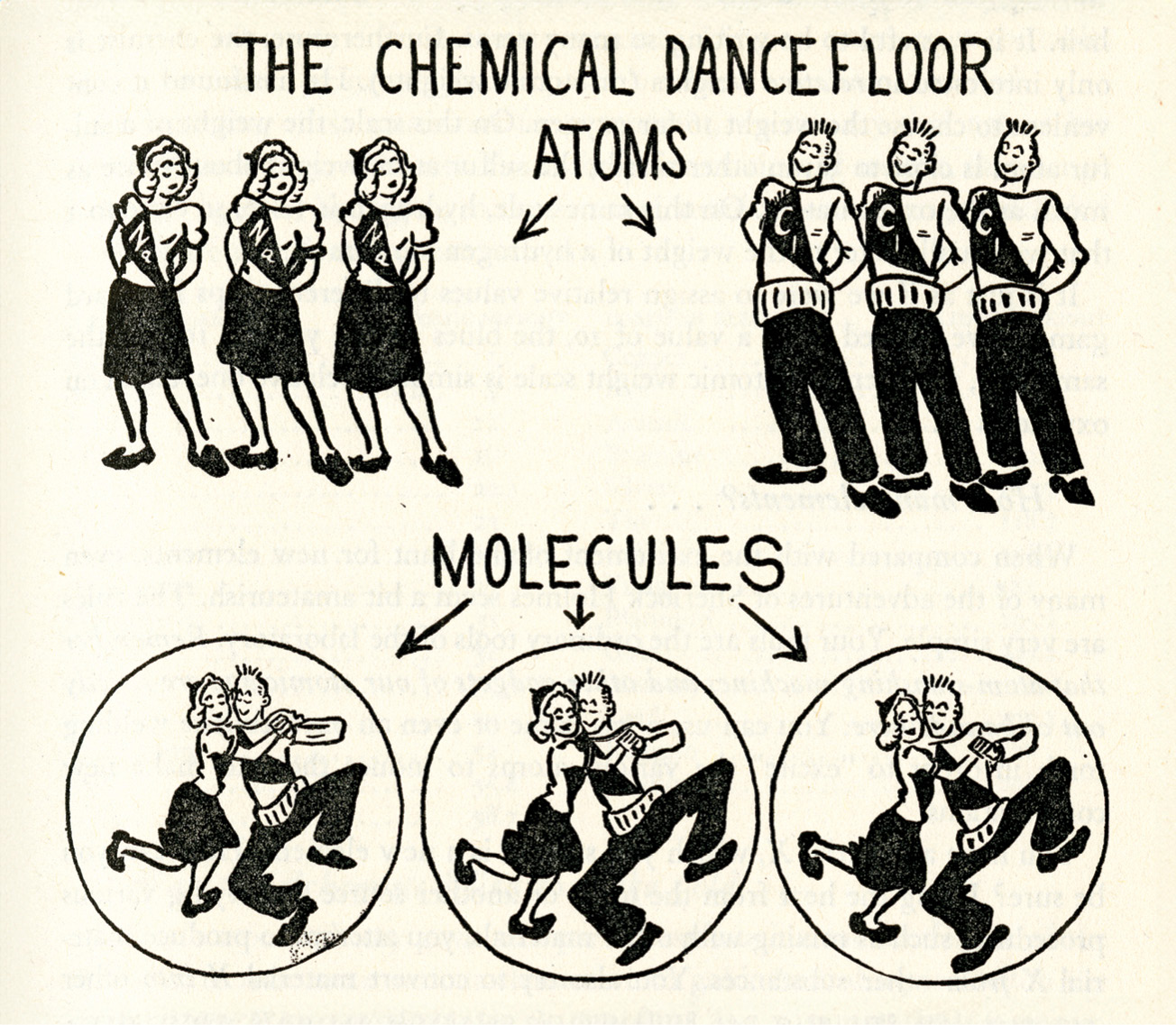

Sendak illustrates radioactive half-life by using radium. He shows the element’s atoms holding hands in the top row. After its half-life of 1590 years has passed, half the radium atoms remain, on average; after 3180 years, only a quarter of the atoms are intact. Sendak’s use of the word “suicide” in his caption is striking: The artist struggled with depression
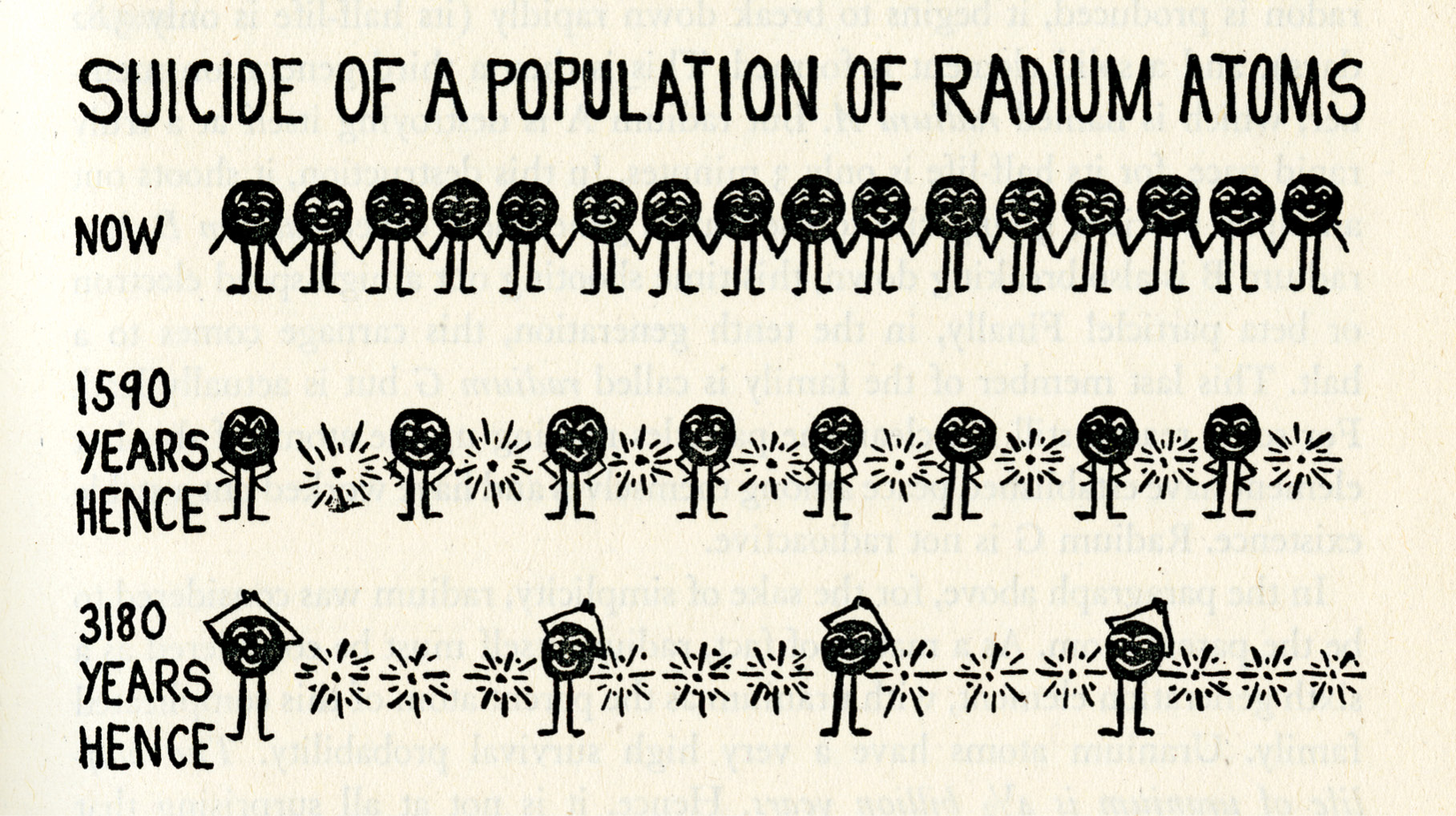

No popular-science book about 20th-century physics would be complete without a discussion of Albert Einstein and E = mc2. In their “Modern Alchemy” chapter, the authors explain the process of nuclear transmutation, the transformation of one element into another through radioactive decay or other nuclear reactions, by analogizing it to alchemy in the Middle Ages. Sendak’s illustration shows Einstein, deep in thought, pondering a balance—an alchemist’s tool—whose two arms are equally loaded with matter and energy.
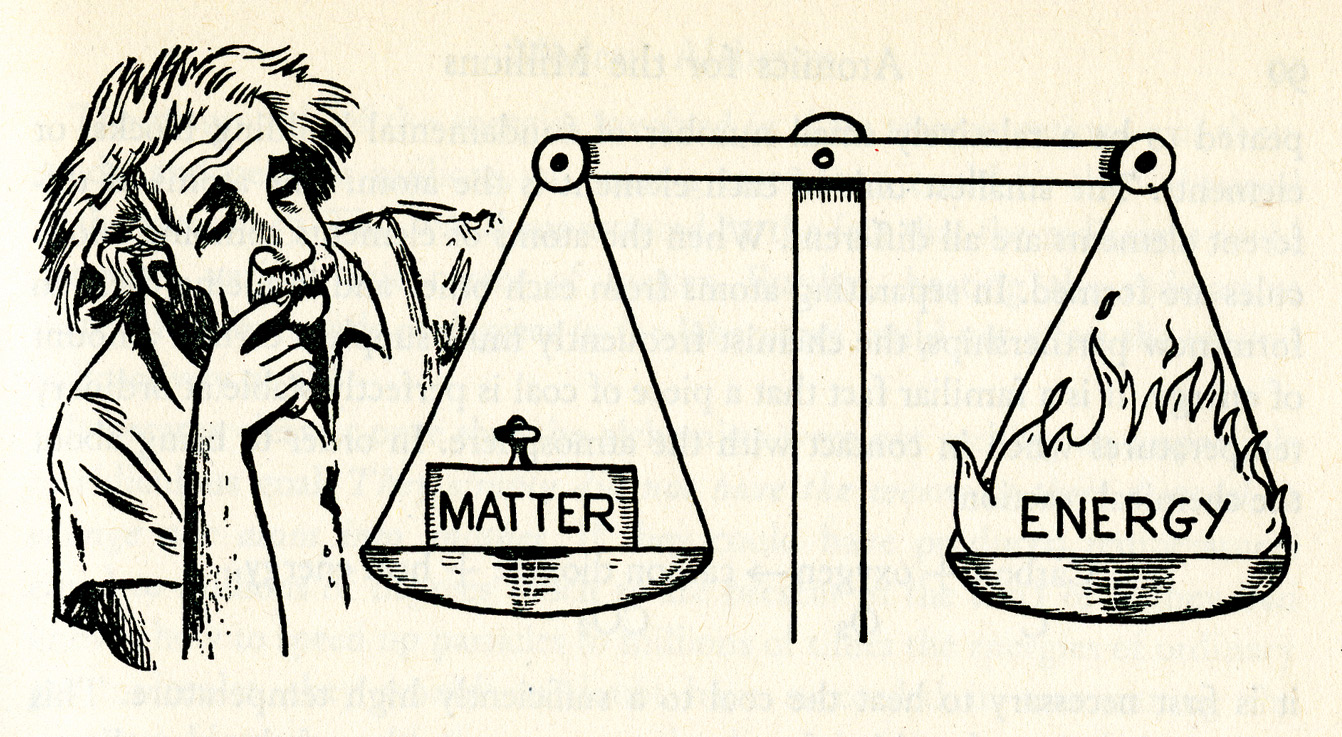

Long before the days of email, chain letters asking recipients to pass along a message to several others arrived in one’s physical mailbox. The authors use that common experience to explain chain reactions in nuclear reactors. In Sendak’s image, a chain letter begins multiplying and quickly buries a harried postal worker under a deluge of mail.
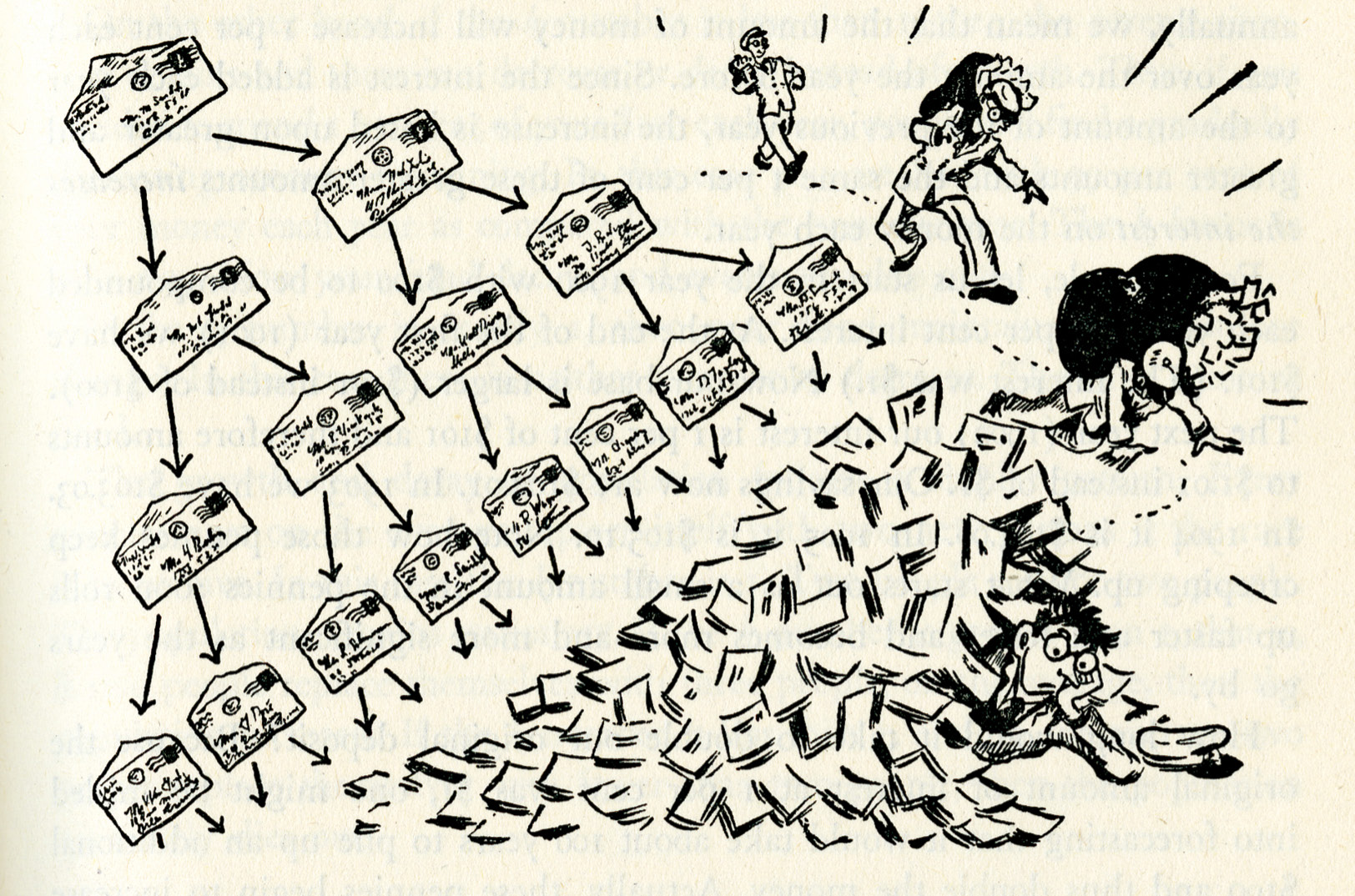

During the early atomic age, nuclear utopianism met US automobile culture in the form of the hypothetical nuclear-powered car
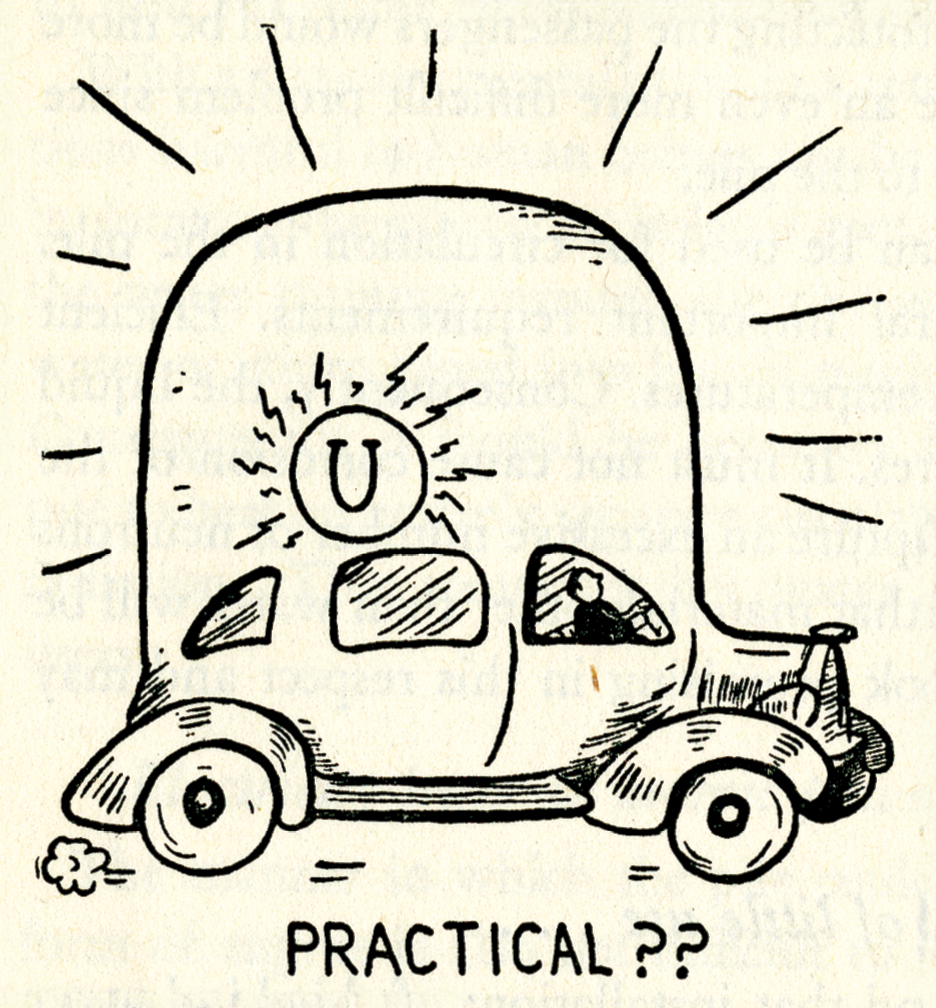

Sendak’s drawing for a chapter dedicated to the medical applications of synthetic isotopes echoes World War II–era military imagery. Medical practitioners attack a mangy dog labeled “disease” with what appear to be a neutron machine gun, a radium-tipped bayonet, an x-ray bludgeon, and isotope tommy guns.
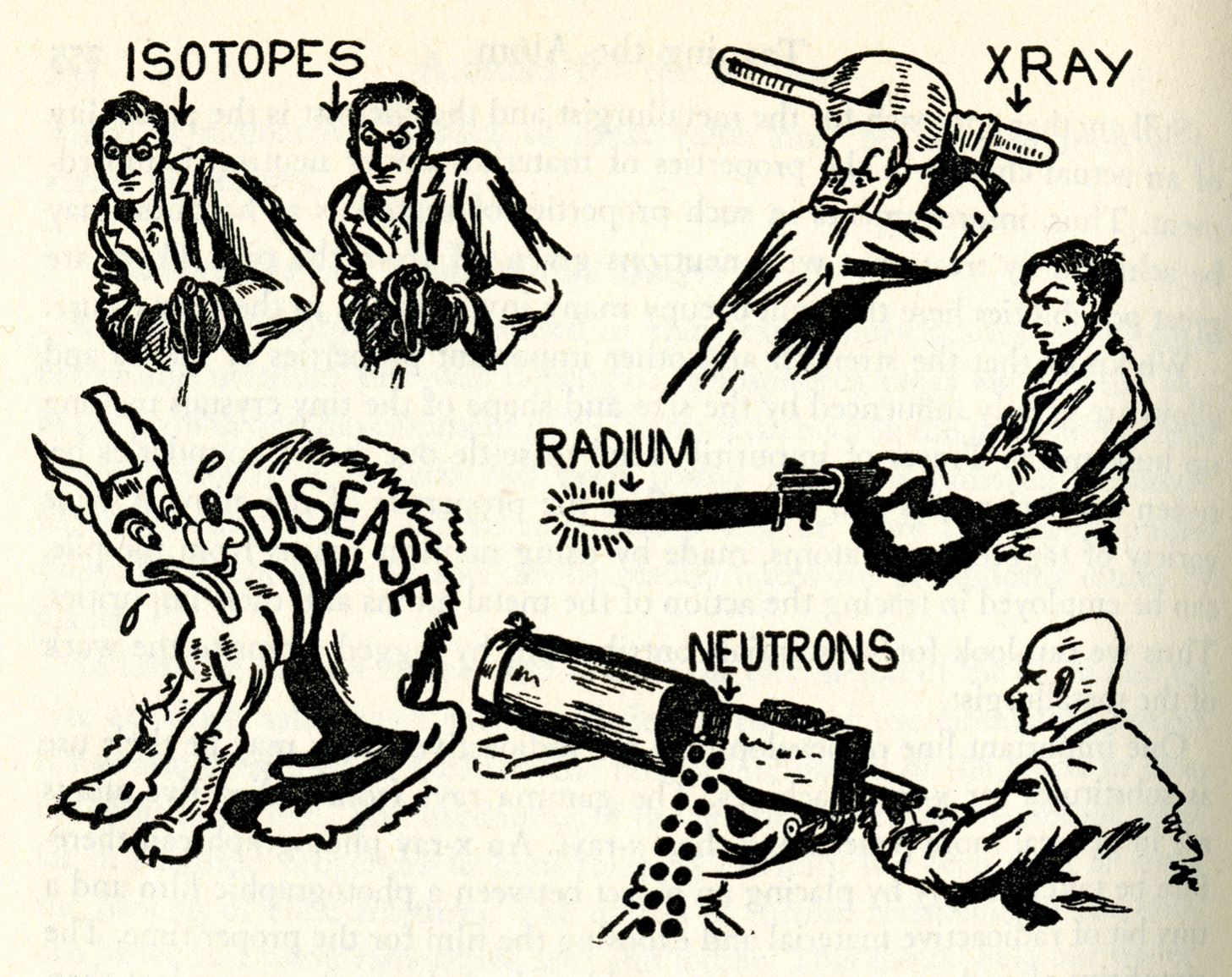

Sendak’s final illustration in the book makes vividly apparent the binary choice between nuclear utopia and nuclear oblivion that the authors believed humanity was facing. Some might argue that the drawing lacks nuance, but one could say the same of the authors’ characterization of the future of the atomic era.
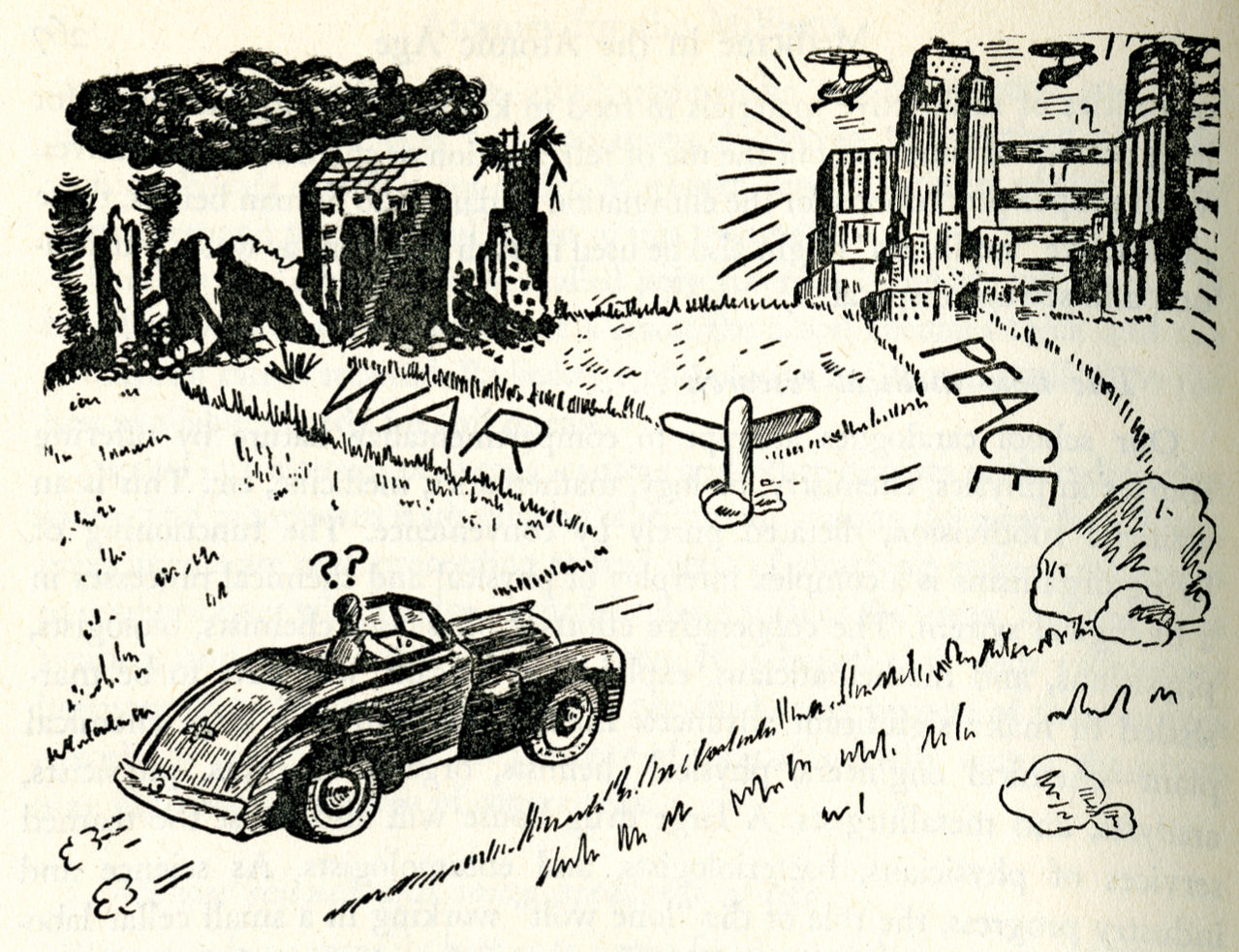
The illustrations are scanned from a copy of Atomics for the Millions that is held at the Niels Bohr Library & Archives
This article was originally published online on 21 August 2024.
More about the Authors
Ryan Dahn. rdahn@aip.org

